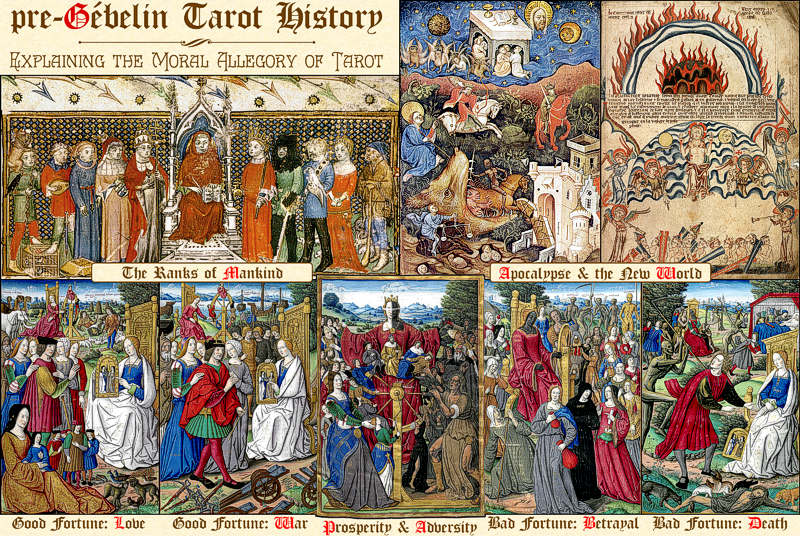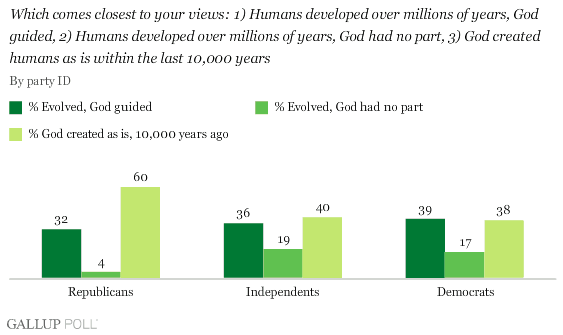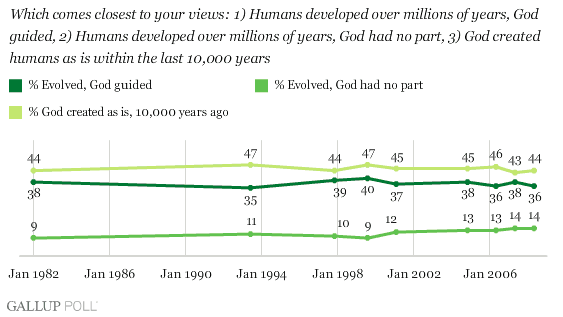One of the most famous early examples of the macabre in art and literature comes from the middle 1190s, the Verses on Death by the Cistercian monk
The Rule of Benedict provides, in the fourth chapter, a list of 'tools of good works'. After three maxims on eternal life and before a long series of recommendations on attitudes to take during life on earth, the Rule gives this principle regarding the point of transition, which is death: 'Mortem cotidie ante oculos suspectam habere' (4:47). This statement has been translated by the monks of Glenstal Abbey rather freely as 'To look death daily in the eye'. The crux of the translation is 'suspectam', literally, 'mistrusted, suspected, that excites suspicion. Literally, then, the rule means 'To have death, that excites suspicion, daily before one's eyes'. Aldalbert de Vogué has explained the key term in this context as 'soupçonnée de vouloir suvenir le jour même', that is, 'imminent, threatening'. As an instrument of good works the monk must daily think of death as though it were imminent, because the thought of death will keep him from sin. Thus Ecclesiasticus: 'In omnibus operibus tuis memorare novissima tua, et in aeternum non peccabis'; 'In all thy works remember thy last end, and thou shalt never sin'.

Helinand's poems were originally published anonymously. One reason for this may be that Helinand includes corrupt clerics among the many victims of Death. Just as Dante had a special reward in Hell for the simonists, Helinand is not subtle in his condemnation. Among his attacks, "Helinand traced the etymology of Rome's name to the Latin word to gnaw, to eat up, to torment, and nibble upon, in Old French, rongier, modern French ronger."
STANZA XIII
Death, who from apple bite have come
That Eve and Adam might succumb,
You hammer on a curtain frail.
Now hail the Seat of Christendom!
(Rome gnaws and nibbles, tooth and gum,
That's how she got her name)—All hail!
She weaves for simony a veil
So cardinal and pope walk hale.
Rome is the mallet strikes us numb,
Rome's tallow candles blaze and fail;
Her legate, like a star grown pale,
A dying taper has become.
STANZA XIV
Saddle your horses, Death, and ride!
Let cardinals canter at your side,
Those dying firecoals, once aflame,
Those luminaries meant to guide.
Tell them the strictest law's applied:
They want no crown of thorns, but fame?
They long for luxuries and game?
Then stick them with the thistle's name!
Rome sends false money far and wide,
Worn slugs and clinkers, free of shame,
And silver coinage—who can claim
He spots the leaden heart inside?
The leveling of estates, a key aspect of Death's own sovereignty, is addressed in another stanza. In Stanza XX the great kings Richard I (the Lionheart) and Philip Augustus of France are reminded of their precarious lives. They can fall from their high station as easily as birds are captured in a trap. In Stanza XXI Helinand makes the direct comparison between prince and pauper, who must both settle a "kingly debt".
STANZA XX
Death, O Death, who never tire
Of making low things out of higher:
To both kings gladly I would wend
And daily, could I nerve acquire,
Remind them how your razor dire
The richly bearded will offend.
Death, who to monarch say, 'Descend!'
Who kingly hearts to ashes blend,
The nets are yours, the snares, the wire
Before that strong man to suspend
Who would, his power to extend,
Over his shadow leap and gyre.
STANZA XXI
Death, your single blow makes cower
The king within his vaulted tower,
The poor man, with a roof of thatch,
And roaming all the earth to scour,
You summon each one to that hour
He must a kingly debt dispatch.
Death, to our mortal bonds you match
The soul until she can detach
And leave what all the debts devour.
Soul mortgages, a fool might hatch,
But she has nothing to attach,
All naked in the joust for power.
Another perennial aspect of Death is the devaluation of worldly wealth, power, beauty, etc. In Stanza XXVIII Death is virtually Nemesis, making the jester weep and pairing rich garments with sackcloth, undoing every worldly gain. Stanza XXIX states plainly the folly of ambition—he who dares to climb high will be the first to be brought down. Death is the ultimate turn of Fortune's Wheel.
STANZA XXVIII
What good is all the worldings makes?
Death will upon the hour break
Past all remaking, all our share.
What good is all that greed can rake?
Death in an hour wins the stake—
The faultless player, fortuned fair,
Death robs the talker of his air,
The jester, sets to weep and swear,
Fine weather into foul can wake.
Sackcloth and ashes Death will pair
With purple and with ermine wear;
Death will the stand against us take.
STANZA XXIX
What good is Beauty, or is Ease,
Honor, what is it, if you please,
Since death can bring in his own time
Tempest or sunshine, rain or breeze,
Since he with universal squeeze
Grips the unworthy and sublime?
He who, not fearing Death, will climb,
It's he who rouses Death to crime;
He is the first one death will tease.
Fat paunches and the skin's soft prime
He coats with fire and worms and slime:
The most contented, most he sees.
Stanzas XXXI, XXXII, and XXXIII begin most lines with Morz, and they list powers and accomplishments of Death.
STANZA XXXII
Death can our equal rights insure,
Death takes all measures just and pure,
Death's scales in honesty excel,
Death can avenge each wrong obscure,
Death gives the proud up to manure,
Death may a king in war repel.
Death seals decrees and laws full well,
Death usary and and gain may quell;
Death hardens up the epicure,
Death in the beets and peas may dwell
By just a bitt of seasoning fell
In cloisters fearing lust and lure.
In the closing stanzas, Helinand naturally restates the memento mori argument: think about death because, although inevitable, it is usually unpredictable and judgment ("doom") follows—primes mort et puis jugement.
STANZA XLIX
For all a common fate must loom,
First death and then the day of doom:
Against them we have one resort—
We must repent before the tomb
And purity again resume
And purge what conscience may report.
Who waits until his life's cut short
Will wrongly with his grief consort
When summoned to the judgment room.
Before the vessel sails from port,
If you have caulked her, she will thwart
The waves from bringing her to gloom.
Death is always the final turn of Fortune's Wheel, the passage from her temporal world to the eternal. In the trump cycle, all the ranks of man from the lowest Fool and Mountebank to Emperor and Pope, regardless of their success in love or war, will ultimately fall to Time and Fortune, downfall, Death, and Doom.



























